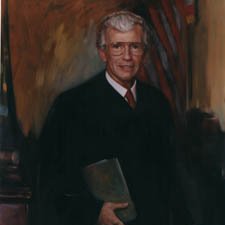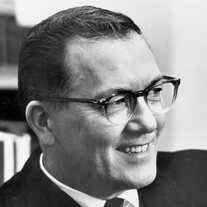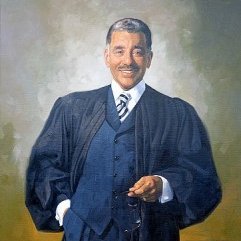And we’ll show you two ways to help. Together, we can be a voice for change and protect Michigan’s land, air, water, public health, and democracy.
This case examined whether property owners whose property values had decreased due to nearby groundwater contamination could sue the polluter for nuisance, even though the contamination had not yet reached the owners’ property. The majority’s opinion that they could not sue for nuisance ignored the loss suffered by the property owners and let the party responsible for polluting groundwater avoid paying for the loss they caused. The dissenting opinion, however, would have held that the defendants’ actions in polluting the groundwater caused the plaintiffs to lose the use and enjoyment of the property right in the value of their property.
Property owners sued the Thomas Solvent Company, claiming that they were entitled to damages because their property values had declined due to the public’s concern about pollution in the area, even though their properties were not in fact polluted. The Michigan Supreme Court held that property owners whose properties were not actually contaminated by Thomas Solvent Company could not sue for lost property value.
In 1984, over 50 property owners sued the Thomas Solvent Company for nuisance, claiming that the Company’s improper handling and storage of toxic chemicals and industrial waste had contaminated the groundwater and therefore interfered with their use and enjoyment of their properties. Twenty-two of these property owners lived over 2000 feet away from the Thomas Solvent facilities. These property owners conceded that their groundwater was not contaminated by Thomas Solvent’s pollution. Instead, they claimed that they were entitled to damages because their property values had declined due to the public’s concern about pollution in the area.
Can a property owner sue a polluter for nuisance when property values decline because the public thinks the property is polluted, even though it may not be actually polluted by the polluter’s activities?
The Court (Justices Boyle, Brickley, Mallett, and Griffin) determined that a property owner cannot sue for nuisance resulting from a public perception that the property is polluted. Instead, the property has to be actually polluted before a property owner can recover damages for nuisance.
In a concurring opinion, Justice Riley agreed with the Court’s decision.
Justices Levin and Cavanagh dissented. They argued that property owners should be able to recover under the theory of nuisance if they can show that the soil or the water in the neighborhood was actually contaminated, and that this led to the public perception that the property owners’ land was polluted as well.




